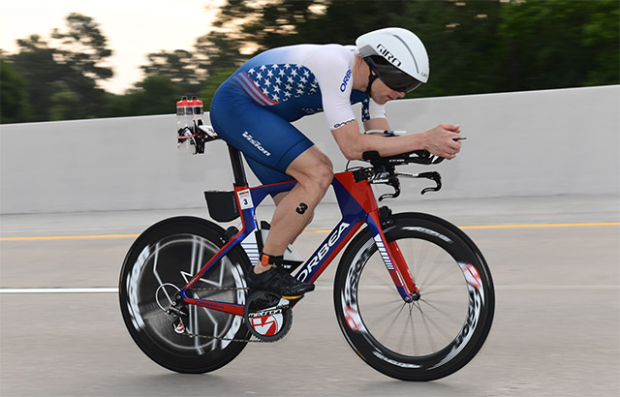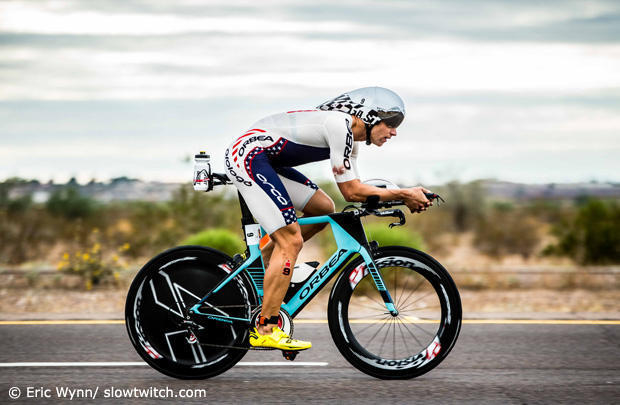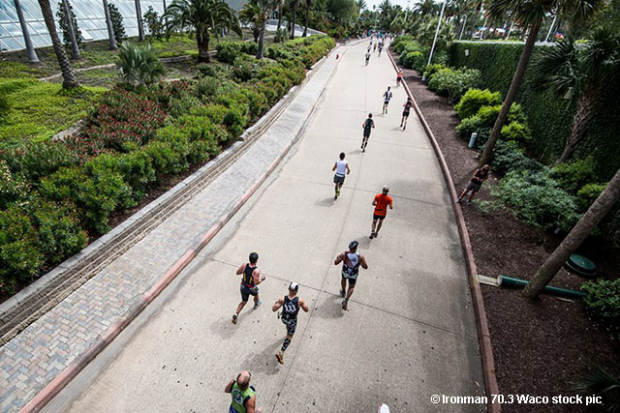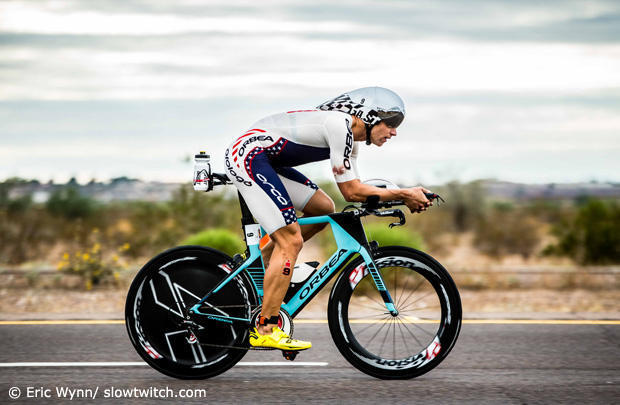Lessons Galore in Starky’s Ban
Popular triathlete Andrew Starykowicz is serving a ban until the first of January, 2021 for taking a banned substance. For the particulars you may read IRONMAN’s release announcing the suspension. There’s plenty of lessons here.
First, Andrew Starykowicz is not the sort of doper we love to hate. The cancel culture can cancel him, and cancel us too for writing this. That established, his bust was dead righteous. Andrew was buffeted by the process, but a good deal of the abuse he took was self-inflicted.

Andrew Starykowicz was sick going into the last Ironman World Championship, in October of 2019. He returned home after withdrawing, went to a pulmonologist, and was prescribed an asthma medication consisting of two classes of drugs. One drug was a beta-2-agonist, typically called a “rescue medication,” which dilates the air passages allowing an acute asthma sufferer to counter bronchial spasms. The other is a corticosteroid, and much like you would apply cortisone cream on a skin rash, an inhaled drug in that same drug class – for lack of a more precise description – calms the “rash” on the “skin” of your lungs. The one difference about the beta-2-agonist he was prescribed: It’s a bronchodilator but not a “rescue” per se; it’s a long-lasting bronchodilator.
Andrew knew the drugs he was prescribed were on the banned list; he applied for a therapeutic use exemption (TUE); did it by the book; and disclosed the medication when racing at Ironman Florida 4 weeks after withdrawing from Kona. However, he had not been granted a TUE by the time of Florida’s race. In fact, Andrew raced twice while awaiting the decision on his TUE: Waco 70.3 and IM Florida. He was subsequently, post-race, granted a TUE for one of the drugs he took, but not the other. He tested positive at an in-competition control at Ironman Florida (as he knew he would, for a drug he disclosed he took); hence the ban levied.
First lesson for athletes: just because your doctor prescribes it, that doesn’t mean you should automatically take it. Your doctor is almost certainly naïve to the WADA banned substances list. There were at least 2 drugs not on the banned list that combined a corticosteroid and a long-lasting beta-2-agonist and then, of course, there are stand-alone versions of each drug. As we read the arbitrator’s report (the parties fought this all the way to a CAS arbitration), the main reason Andrew’s doctor cited for prescribing the drug she did was patient compliance: it was more likely Andrew would take the prescribed regime if he only had to do so once daily, rather than multiple times daily. That does not sound like a wise justification for veering from the banned list.
Andrew should have either eschewed racing until he received a TUE, or he should have chosen another drug. He didn't. Andrew deserves a ban.
Andrew Starykowicz is one of our sport’s outsized personalities. He’s a true gladiator and that’s why athletes like him, and Lionel Sanders, are fan favorites. They fearlessly prosecute their races with a hell-bent-for-leather pace and power on the bike, knowing of the very possible very painful run. Andrew is easy to cheer for. He also has a habit of leveraging his popularity, challenging us to figure out where justice lies as we navigate his narrative versus that of his persecutor.

But we think it’s pretty clear that Andrew is not a doper in the sense of seeking an unfair advantage through the ingestion of banned substances. The banned drug Andrew took is set to come off the banned list at the end of this year. Had Andrew intended to gain an advantage he’d have taken a much more obviously advantageous drug. We hope he suffers no financial consequences beyond those already incurred, which are significant. We won’t presume to lecture his brand partners on what they should do, but this is one of those rare cases where, if Slowtwitch was the sponsor of an athlete getting a ban, we'd probably stand with the athlete depending on how the athlete comports himself during the ban.
In IRONMAN’s release, you’ll note that after CAS decided against Andrew, and Andrew chose to take the case to arbitration, IRONMAN asked the arbitrator to impose a 2-year ban for this infraction. But, IRONMAN agreed to terminate the ban early, should the banned drug cease to be listed by WADA as a banned drug. The problem is the incongruity with the penalties doled out to others who took this drug. Typical punishment for these infractions is a “public warning” up to a 3-month ban (and loss of results). What IRONMAN’s release doesn’t tell you – you have to read the arbitrator’s decision to find this out – IRONMAN originally levied a 4-year ban, immediately after the adverse analytical finding. IRONMAN knew that: Andrew pulled out of Kona a few weeks earlier because he was sick; disclosed the drug he took; applied for a TUE; and they knew the typical punishment for taking this drug. And they still hit him with a 4-year ban.
Prosecutors the world over build their brands by vigorously overprosecuting chosen violators. We don’t like it when our local prosecutor does it; we don’t like it when IRONMAN does it. If IRONMAN wants to prove that it’s tough on doping, then be tough on doping. And, it is tough on doping. If you look at WADA’s annual list of testing authorities, in all sports, IRONMAN is way up the list, as in, it is always among the top few testing authorities in the number of both urine and blood tests that it conducts. But seeking a 4-year ban for this offense, given the totality of the circumstances, smacks of, “Look how tough we are on doping.” Andrew should not have to suffer unduly so that IRONMAN can prosecute a tough-on-doping message.
This may be too harsh of a judgment on IRONMAN. It may be that it simply levies the allowable max in every bust, and then negotiates down the ban based on the athlete’s response and cooperation. (That’s our educated guess.) But we still don’t like it.
The drug Andrew Starykowicz took wasn’t allowed (in or out of competition) when Andrew was prescribed it. He was reckless. He had other options. He could have eschewed racing until the TUE was granted or denied. But we doubt there was any intention of gaining a performance advantage. WADA has for decades dragged its feet on approving human-use beta-2-agonists that do not deliver any more of a performance advantage than our morning Starbucks French Roast (the whole reason we're discussing this is because WADA placed a drug on the banned list that offers little-or-no performance advantage). And IRONMAN does not need to throw a petty offender into Supermax prison to demonstrate its anti-doping bona fides.
For those who have an opinion they’d like to express, there is a thread on our Reader Forum already approaching 100 posts as of this writing.




